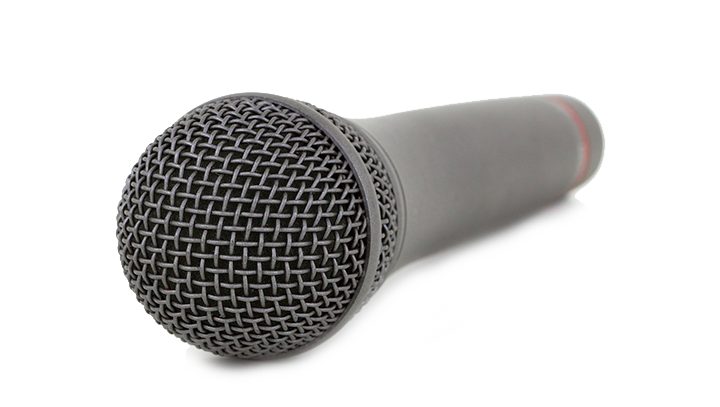A sound is made when something vibrates, causing the surrounding air to vibrate. This energy travels in waves and we hear sound because the waves cause our ear drums to vibrate at different frequencies and amplitudes. Our brains can then interpret these vibrations.
Microphones
A microphone works in a similar way to our ear. Sound waves hit a diaphragm, causing it to vibrate along with the sound wave. The microphone translates these vibrations into small electrical signals. The signals are very small, so to make better use of them we need to make them bigger or amplify them. Electronic devices like like video cameras have electronic circuits in them called pre-amps which do this job and make the signals usable by the camera. It’s important to have good mics and good pre-amps as this will affect the overall quality of sound you record. A poor quality pre-amp will likely add more electrical noise to your final recording.
Different types of microphone
In order to get the best sound we need to use the right microphone for the right job. Different microphones do different jobs and have different characteristics. You can use any microphone to record sound but when making videos, we tend often to use a lavallier microphone (lapel mic) or shotgun microphone (boom mic). If we are recording a voiceover then we will use a a microphone best suited to that task, which would likely be a large diaphragm condenser microphone. (See mic construction sheet to learn more about condenser microphones)

